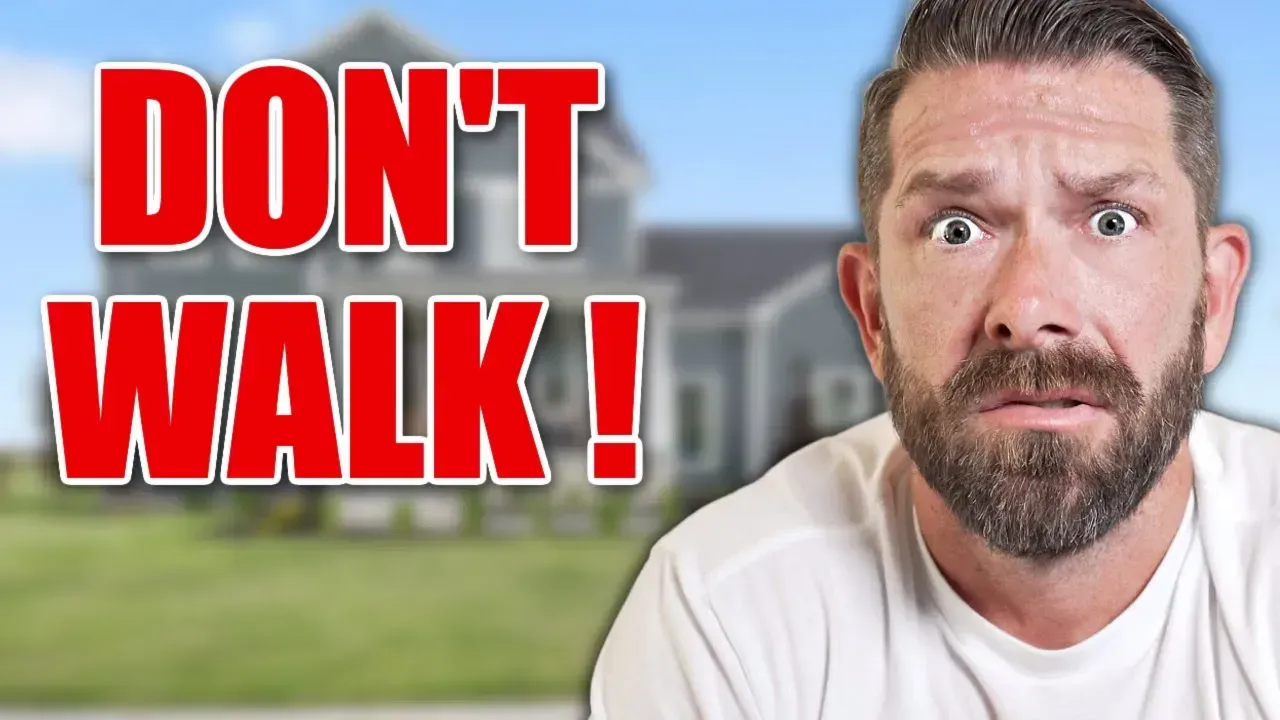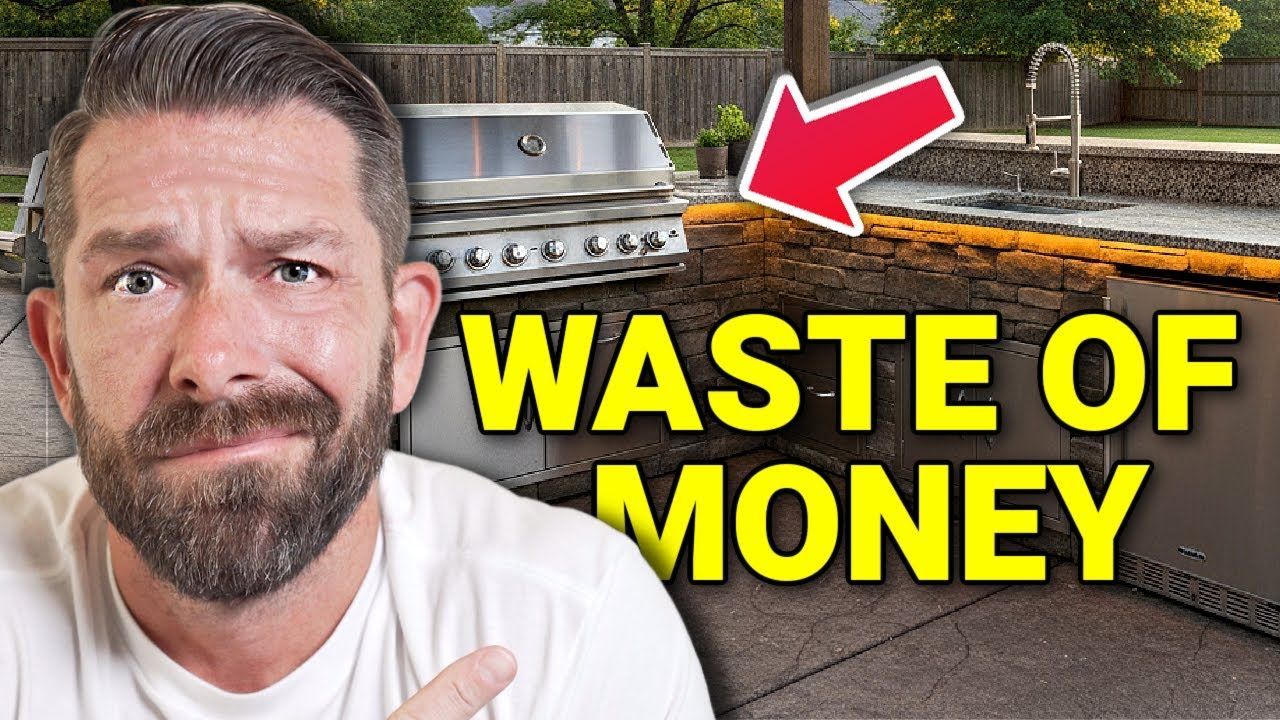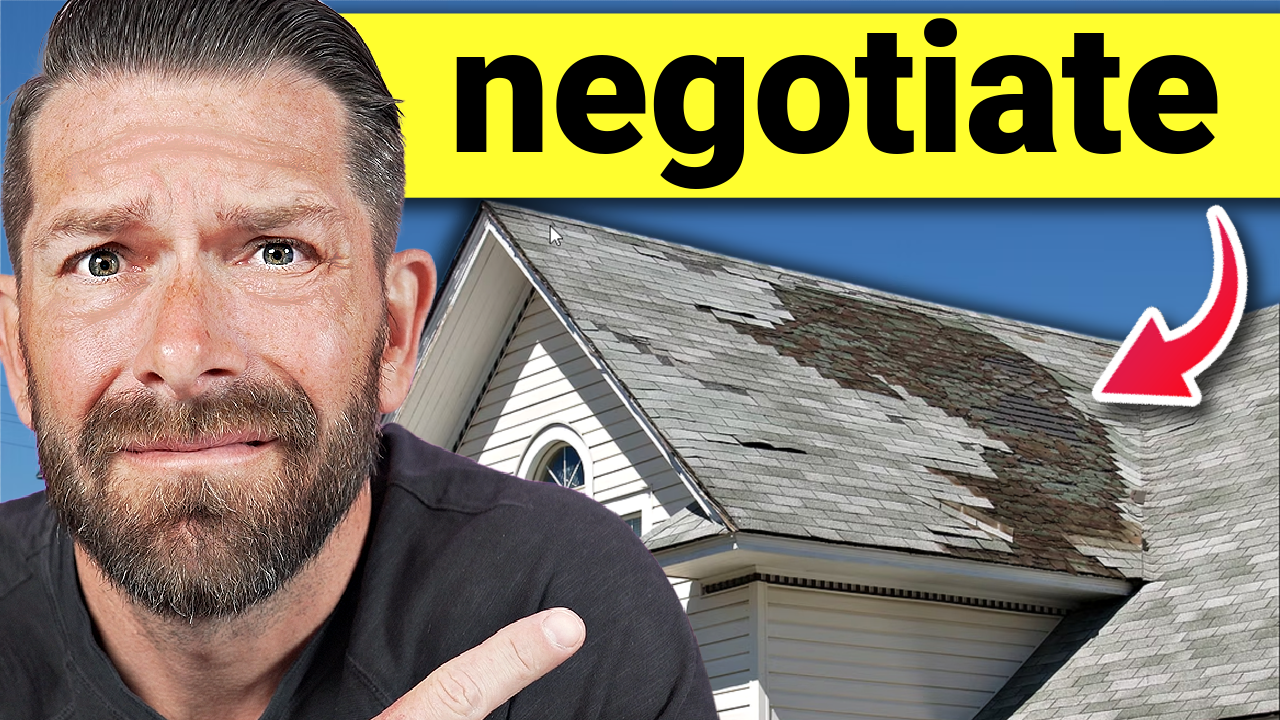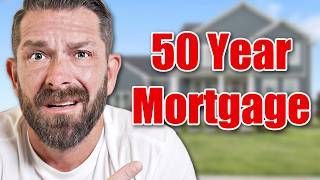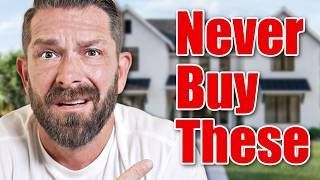AVOID These Updates That DON'T Add Value When Selling Your Home
Get The Latest OC Housing Report
Before You Spend Another Dollar: The Worst Home Upgrades to Make Before Selling
Thinking about upgrading your home before you sell? Hold that thought. Every year, countless homeowners invest tens of thousands of dollars into home improvements they think will increase the value of their property—only to find out the hard way that those upgrades don't deliver a return. In fact, some may actually hurt your chances of selling your home quickly and for top dollar.
In this guide, we’re breaking down the worst home upgrades you can make before selling and what to do instead. Whether you're weeks or months away from listing your home, this post will help you make smarter, more strategic decisions.
Focus Keyphrase: Home upgrades to avoid when selling
Table of Contents
- 1. The Costly Truth About Solar Panels
- 2. Pools: Luxury or Liability?
- 3. Overimproving for the Neighborhood
- 4. Overcustomizing Outdoor Spaces
- 5. Unwise Room Conversions
- 6. Superficial Kitchen and Bath Remodels
- 7. What to Do Instead
1. The Costly Truth About Solar Panels
Solar panels might seem like a smart investment. After all, who wouldn’t want lower utility bills? But if you’re planning to sell your home in the next few years, adding solar could be a financial misstep.
- Payback period: Typically takes 10–20 years to break even.
- Financing issues: Leased or financed solar systems can scare off buyers who don't want to assume a long-term payment.
- Limited buyer appeal: Many buyers are still skeptical of solar, especially if they have to qualify for a solar lease or loan.
- Costly complications: Roof repairs or leaks can require panel removal—adding thousands to your repair costs.
Bottom line: Unless you’re planning to stay put for the next 10+ years, solar isn’t likely to pay off at resale.
2. Pools: Luxury or Liability?
Pools are expensive to install and even more expensive to maintain. In Southern California, a typical pool install ranges from $60,000 to $100,000, with a return on investment of less than 50% in most cases.
- Polarizing feature: Buyers either love pools or want nothing to do with them—especially those with young kids.
- Perceived risk: Many buyers see pools as safety hazards and maintenance headaches.
- Low ROI: Pools rarely increase a home's value enough to justify the cost.
Real example: One seller installed a $75,000 pool, only to move six months later and lose nearly $50,000 on the upgrade.
3. Overimproving for the Neighborhood
Making your home the nicest on the block may sound great, but it rarely pays off. Why?
- Appraisal limits: If comps don’t support your upgrades, buyers won’t pay extra.
- Limited improvement potential: Savvy buyers want to add value themselves, not pay for someone else's taste.
- HGTV Syndrome: Mixing design styles creates confusion, not appeal.
Tip: Stay consistent with the neighborhood and let buyers see opportunity, not limitations.
4. Overcustomizing Outdoor Spaces
Outdoor kitchens, built-in BBQs, and elaborate patios may impress you, but they rarely wow buyers.
- High cost: Outdoor customizations can run $20,000 to $50,000+
- Trend volatility: Outdoor designs go out of style faster than interior updates.
- Maintenance burden: Hardscape-heavy yards are less appealing to buyers who want usable space.
Lesson: Less is more. Leave space for lawns, pets, and play areas.
5. Unwise Room Conversions
Removing bedrooms or garages to create bigger spaces or walk-in closets can hurt more than help.
- Room count matters: Fewer bedrooms = fewer buyers.
- Garages are sacred: Many buyers prioritize garage space for storage and vehicles.
- Reversal costs: Converting rooms back to their original use can be costly.
Real talk: Just because a space works for you doesn’t mean it will work for your buyer.
6. Superficial Kitchen and Bath Remodels
Quick updates to sell a home often miss the mark. The average kitchen remodel costs $30,000–$80,000, but typically delivers less than 60% ROI.
- Buyers notice shortcuts: Surface-level improvements scream "lipstick on a pig."
- Style mismatches: Buyers often prefer to renovate to their own taste.
- Missed layout fixes: Cosmetic updates rarely solve functional problems.
Advice: Skip the cosmetic remodels and price the home appropriately instead.
7. What to Do Instead
If you want to get top dollar for your home, focus on low-cost, high-impact upgrades that boost perceived value.
- Declutter: Make the home feel larger and more open.
- Fresh paint: Go neutral to appeal to the masses.
- Simple landscaping: Trim bushes, lay mulch, mow the lawn.
- Minor repairs: Fix leaky faucets, squeaky doors, and broken lights.
- Talk to a local agent: Get advice based on comps and buyer expectations in your area.
Final Thoughts
When it comes to selling your home, you don’t need to go big. You need to go smart. Many of the most common home upgrades before selling are not just bad investments —they're potential deal-breakers.
Focus on improvements that make your home feel fresh, functional, and move-in ready. Leave the overbuilt kitchens and custom closets for someone else.
Need help figuring out the smartest upgrades for your situation? Click here to connect with me. If I can't help you personally, I’ll connect you with a great agent in your area.
Enjoy this post? Subscribe to my YouTube channel for more videos on how to sell your home for top dollar.

